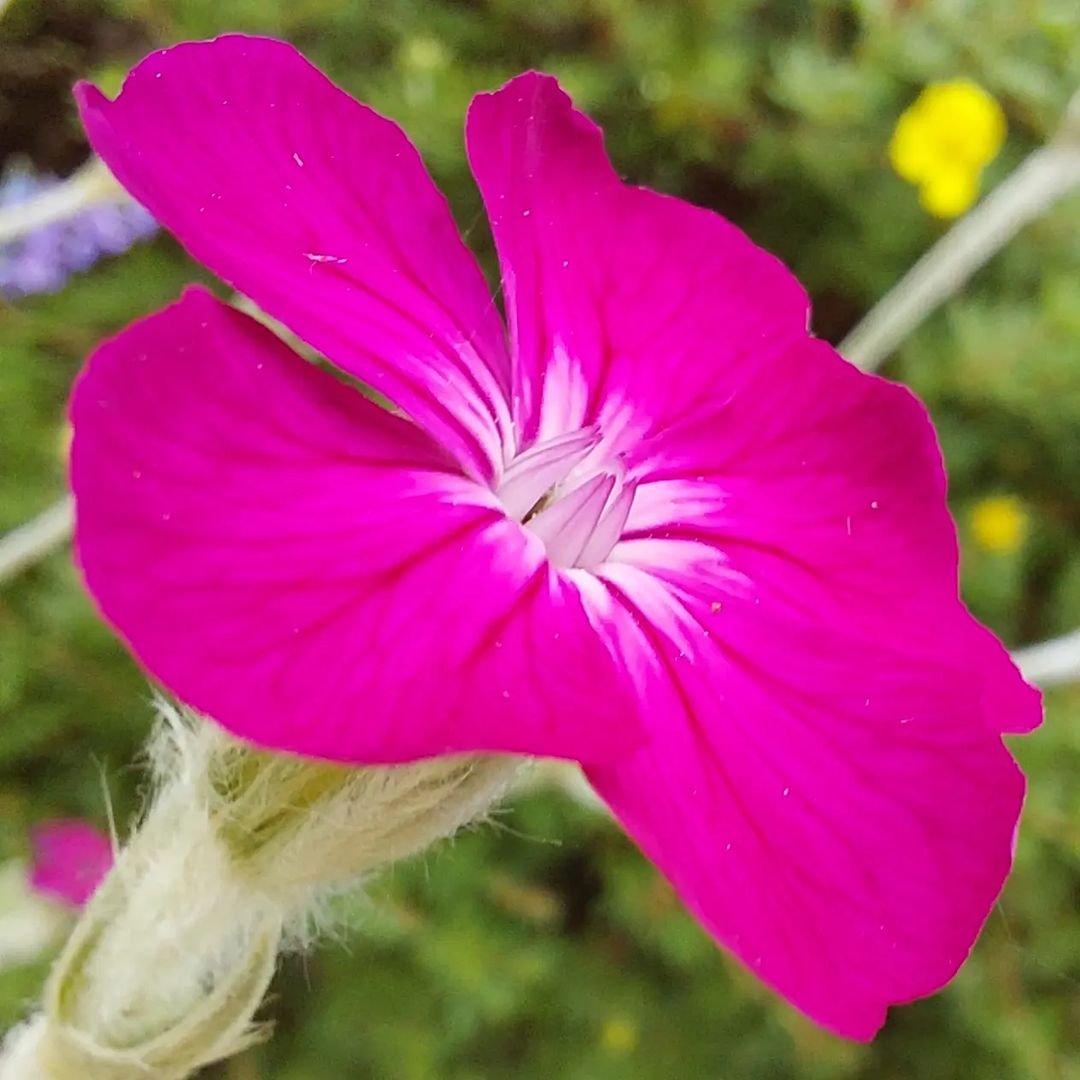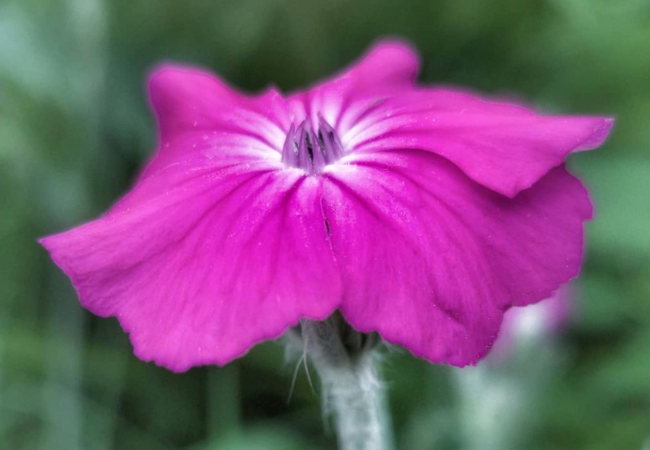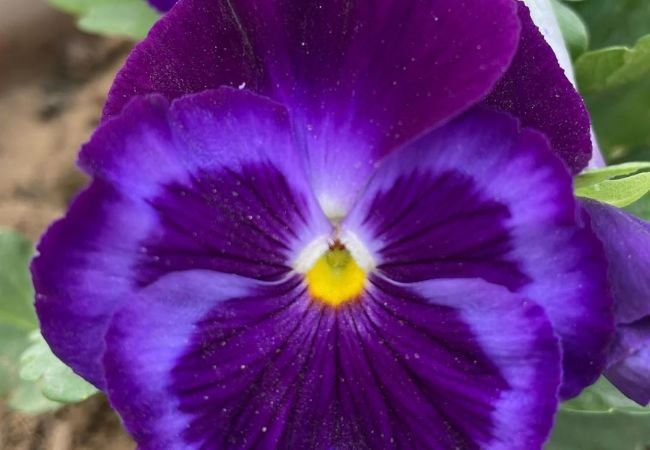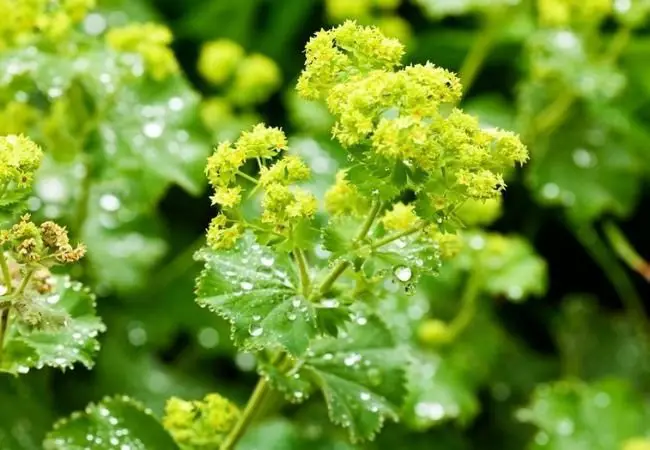Discover the charm of Lychnis Flowers. Learn how to grow and care for these colorful, easy-to-maintain plants that add a burst of brightness to gardens and attract pollinators.
Have you ever seen a flower that looks like it’s on fire? That might be a Lychnis, also known as Campion or Catchfly. These eye-catching plants have been brightening up gardens for centuries with their vibrant colors and unique shapes. Let’s explore why Lychnis might be the perfect addition to your garden.
Here’s a detailed chart for Lychnis flowers:
| Category | Information |
|---|---|
| Botanical name | Lychnis spp. |
| Common name | Lychnis, Campion |
| Plant type | Perennial or biennial |
| Hardiness zone | Zones 3-9 |
| Sun exposure | Full sun to part shade |
| Soil type | Well-drained, fertile soil |
| Watering | Moderate |
| Growth habit | Upright, clumping |
| Height/Spread | 1-3 feet tall, 1-2 feet wide |
| Special features | Clusters of star-shaped flowers in shades of pink, red, or white; attracts butterflies; deer resistant |
What is Lychnis?

Lychnis is a genus of flowering plants in the carnation family. Native to Europe and Asia, many species have become popular in gardens worldwide.
Key Features
- Bright, showy flowers in shades of red, pink, white, or orange
- Blooms typically have five petals, often with a ragged or fringed edge
- Some varieties are short-lived perennials, others are biennials
- Bloom time varies by species, but many flower in summer
Why Gardeners Love Lychnis
- Vibrant Colors Lychnis flowers, especially the red varieties, add a pop of intense color to gardens.
- Easy to Grow Many Lychnis species are low-maintenance and adapt well to various conditions.
- Attract Pollinators The bright flowers are attractive to bees and butterflies.
- Versatility Different species work well in various garden settings, from borders to rock gardens.
How to Grow Lychnis
Planting:
- Choose a spot with full sun to partial shade
- Plant in spring or fall
- Space plants 12-18 inches apart
- Prefer well-draining soil
Care Tips:
- Water regularly, especially during dry spells
- Deadhead spent flowers to encourage more blooms
- Divide perennial varieties every 3-4 years
- Some tall varieties may need staking
For more detailed growing instructions, check out this guide from the Missouri Botanical Garden.
Uses for Lychnis
Garden Design Lychnis works well in various garden styles:
- Cottage gardens
- Rock gardens
- Border plantings
- Wildflower meadows
- Cut Flowers Many Lychnis varieties make excellent cut flowers for bouquets.
- Night Gardens Some Lychnis species, like White Campion, have flowers that glow in the moonlight.
- Wildlife Garden Plant Lychnis to attract and support pollinators in your area.
Interesting Facts About Lychnis
- Name Origin The name Lychnis comes from the Greek word for “lamp,” referring to the bright flower colors.
- Sticky Stems Some species are called “Catchfly” because their sticky stems can trap small insects.
- Ancient Use In ancient times, the woolly leaves of some species were used as lamp wicks.
For more information on plant history and uses, visit the United States Botanic Garden.
Types of Lychnis
There are many types of Lychnis, but some popular ones for gardens include:
- Maltese Cross (Lychnis chalcedonica) Known for its bright red flowers in dense clusters.
- Rose Campion (Lychnis coronaria) Features magenta flowers and silvery-gray foliage.
- Ragged Robin (Lychnis flos-cuculi) Has delicate, fringed pink flowers.
Potential Challenges
While Lychnis is generally easy to grow, be aware of these potential issues:
- Self-Seeding Some species can self-seed prolifically. Remove unwanted seedlings if necessary.
- Rust This fungal disease can sometimes affect Lychnis. Ensure good air circulation to prevent it.
- Short-Lived Some perennial species may be short-lived. Plan to replace them every few years.
Lychnis is a vibrant and versatile flower that can add a burst of color and interest to any garden. Its ease of care, ability to attract pollinators, and range of species make it a valuable addition to many landscapes.
Remember, successful gardening is about choosing plants that suit your local climate and personal preferences. With their adaptability and eye-catching blooms, Lychnis can be a great choice for many gardeners across the USA.
As you plan your garden, consider adding Lychnis for its brilliant colors and unique flower shapes. Whether you’re looking to create a cottage garden feel, attract pollinators, or simply add some bright spots to your flower beds, Lychnis offers something special. With proper care, you’ll be enjoying these fiery blooms throughout the growing season.
For more gardening tips and plant care guides, visit usagardenhub.com.






